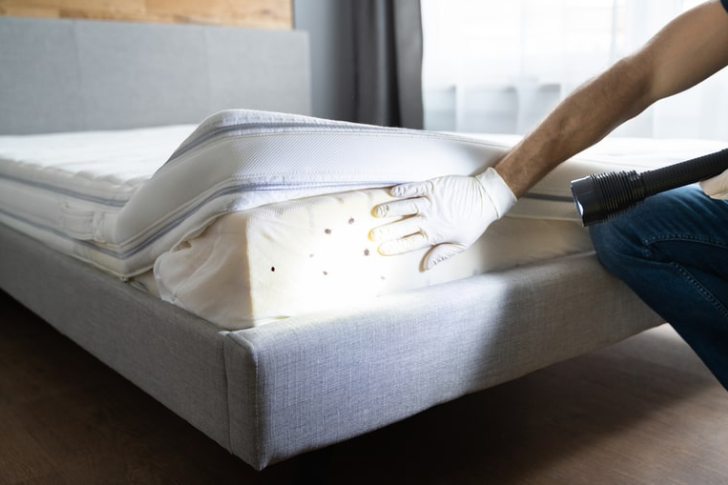2024 How To Get Rid Of Bed Bugs: Easy and Budget Friendly
Bed bugs are tiny insects that can be a big problem in homes and hotels. They like to hide in small spaces and come out at night to bite people and drink their blood. Getting rid of bed bugs can be tough, but this guide will show you how to do it step by step. We’ve carried out detailed research!

2024 How to Get Rid of Bed Bugs Easily and Budget Friendly
Bed bugs are a persistent problem in households and accommodation facilities worldwide. Their ability to hitchhike on luggage, furniture, and clothing makes them formidable pests. This guide provides a detailed approach to identifying, managing, and ultimately eliminating bed bugs, relying on proven methods and recent advancements in pest control technology.
Understanding Bed Bugs
Identification: Bed bugs are small, oval, brownish insects that feed on the blood of animals or humans. Adult bed bugs have flat bodies about the size of an apple seed, but their bodies swell and are reddish after feeding.
Behavior and Risks: Typically nocturnal, these pests feed on their hosts without being noticed. A bed bug infestation is not necessarily a sign of poor hygiene; they can be found in any environment as long as they have access to a host.
Signs of an Infestation
Detecting an infestation early can greatly reduce the difficulty of eradication. Key signs include:
- Small blood stains on your sheets or pillowcases.
- Dark or rusty spots of bed bug excrement on mattresses, bedding, and walls.
- Egg shells or shed skins in areas where bed bugs hide.
- An offensive, musty odor from the bugs’ scent glands.
Steps to Eradicate Bed Bugs
1. Inspection: Thoroughly inspect all areas of your bedroom and adjoining rooms. Pay special attention to cracks in the furniture, baseboards, and any soft furnishings.
2. Preparation: Before any treatment, reduce clutter to limit hiding spots and vacuum thoroughly to remove any bugs and eggs from surfaces.
3. Treatment Options:
- Heat Treatment: Professional exterminators use specialized equipment to heat the entire room to temperatures lethal to bed bugs (around 118°F or 48°C) for at least 90 minutes.
- Cold Treatment: Some professionals may offer freezing services, though less common, which involves cooling a room to temperatures that kill bed bugs.
- Insecticides: Various EPA-approved chemicals can effectively tackle bed bugs, including pyrethrins, pyrethroids, and desiccants. However, resistance to chemicals is increasing, so combination treatments are recommended.
- Encasements: Use mattress and box spring encasements to trap any remaining insects and prevent further infestation.
4. Continuous Monitoring and Maintenance: After initial treatments, continue to monitor the affected areas with bed bug traps. Regularly inspect for signs of a resurgence.
Preventive Measures
Regular Cleaning: Frequent vacuuming can help detect and remove bed bugs early. Washing bedding at high temperatures regularly is also crucial.
Travel Caution: When traveling, inspect hotel rooms for signs of bed bugs and keep luggage off the floor on a suitcase stand.
Second-Hand Furniture: Be wary of acquiring used furniture without thoroughly inspecting for bed bugs.
Professional Help
Given the resilience and potential for re-infestation, hiring a pest management professional (PMP) might be necessary. PMPs can assess the situation, recommend a treatment plan, and provide follow-up visits to ensure the eradication is successful.
Conclusion
Managing a bed bug infestation requires diligence and sometimes professional intervention. By understanding the behavior of bed bugs, recognizing early signs of infestation, and using effective treatment options, you can successfully manage these pests. Regular preventive measures can help maintain a bed bug-free environment.







Recent Comments